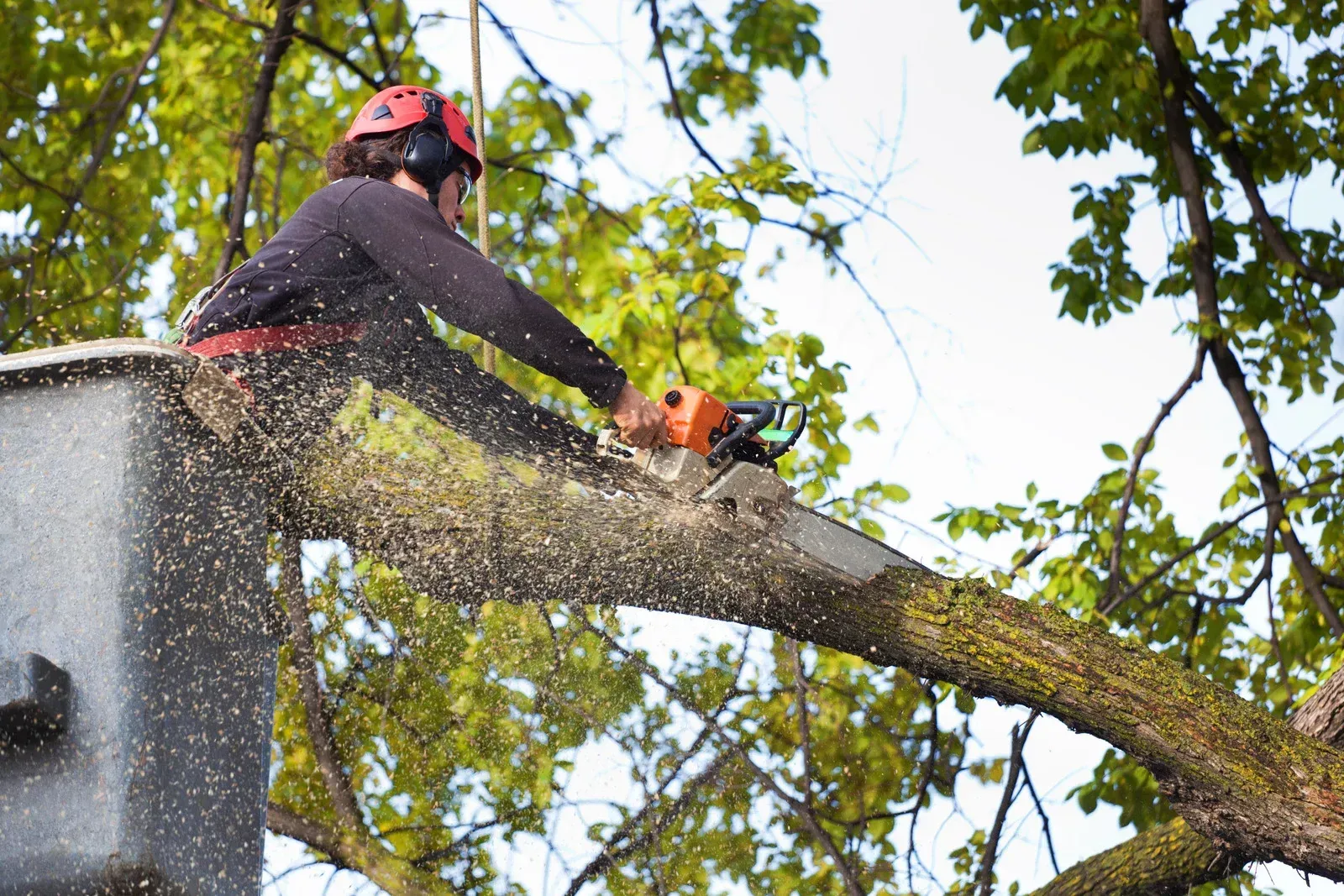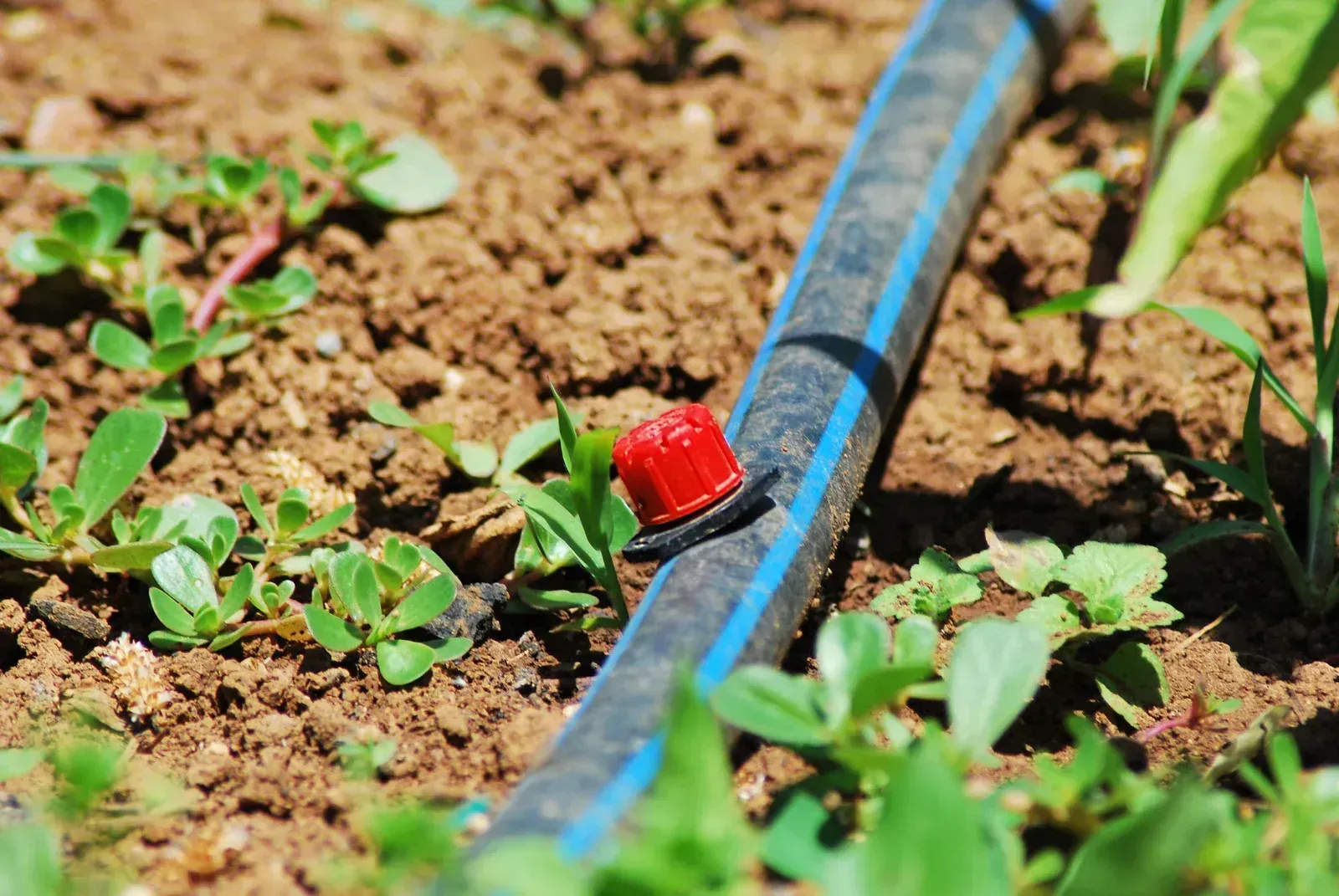From Dirt to Driveway: A Step-by-Step Guide to the Paving Process
Utilizing these methods helps trees withstand stress, improves disease resistance, and enhances appearance. From spring’s pruning to winter’s structural support, each practice builds a healthier tree foundation.
Transforming a patch of dirt into a smooth, durable driveway is more than just pouring asphalt or concrete. It’s a well-orchestrated process that involves careful planning, skilled labor, and the right materials. Whether upgrading your property or building from scratch, understanding the paving process can help you appreciate the investment and know what to expect. Here’s a step-by-step guide to how a driveway goes from raw ground to a finished, functional surface.
Step 1: Site Assessment and Planning
Every successful paving project starts with a thorough site evaluation. Professionals assess drainage, soil composition, and elevation to design a layout that ensures durability and longevity. Proper planning minimizes future problems like water pooling or surface cracks. Utility lines and access points are also noted before excavation begins.
Step 2: Excavation and Grading
Once the layout is finalized, excavation crews remove grass, topsoil, rocks, and debris. They dig to the appropriate depth, ensuring space for the base layers and final surface. After excavation, grading creates a slight slope for water runoff, preventing damage from standing water. Precision at this stage is critical to the success of the entire paving process.
Step 3: Laying the Base Material
With the area excavated and graded, a strong base layer is installed using crushed stone or gravel. This base is compacted thoroughly to create a solid foundation that supports the driveway and ensures long-term performance. Without a stable base, even the best paving materials will eventually fail. Most professionals also install a weed barrier to prevent plant growth underneath.
Step 4: Edging and Forms
Depending on the paving material, forms or edge restraints are added to define the shape and keep materials contained. For concrete driveways, wood or metal forms hold the wet concrete in place until it cures. For asphalt, edges are compacted to retain their shape. Edging gives the driveway a clean, professional finish, preventing crumbling at the borders.
Now comes the main event—laying the actual paving surface. Hot mix is poured and spread evenly for asphalt before being compacted with a roller. The mix is poured, leveled, and smoothed for concrete using trowels and floats. Timing is crucial to ensure a uniform finish. This step requires experienced crews to work quickly and efficiently while the material is still workable.
Step 6: Finishing Touches and Curing
Once the material is applied, final smoothing, texturing, or sealing is done based on the driveway type. Curing takes several days for concrete, during which it must be kept moist to prevent cracking. Asphalt cures faster but still requires time before heavy vehicles can use it. The finished surface should look clean, level, and professional.
Make Your Property Shine with Expert Paving
Step 5: Applying the Paving Material
Rely on our experienced team for all your Paving Services needs as you enhance your curb appeal or set up a new driveway. AAA All Pro Lawn & Sprinkler, located in Mesa, Arizona, has provided exceptional paving and landscaping services for over 43 years. Contact us today to arrange a consultation and transform your dirt into a stunning, long-lasting driveway.



